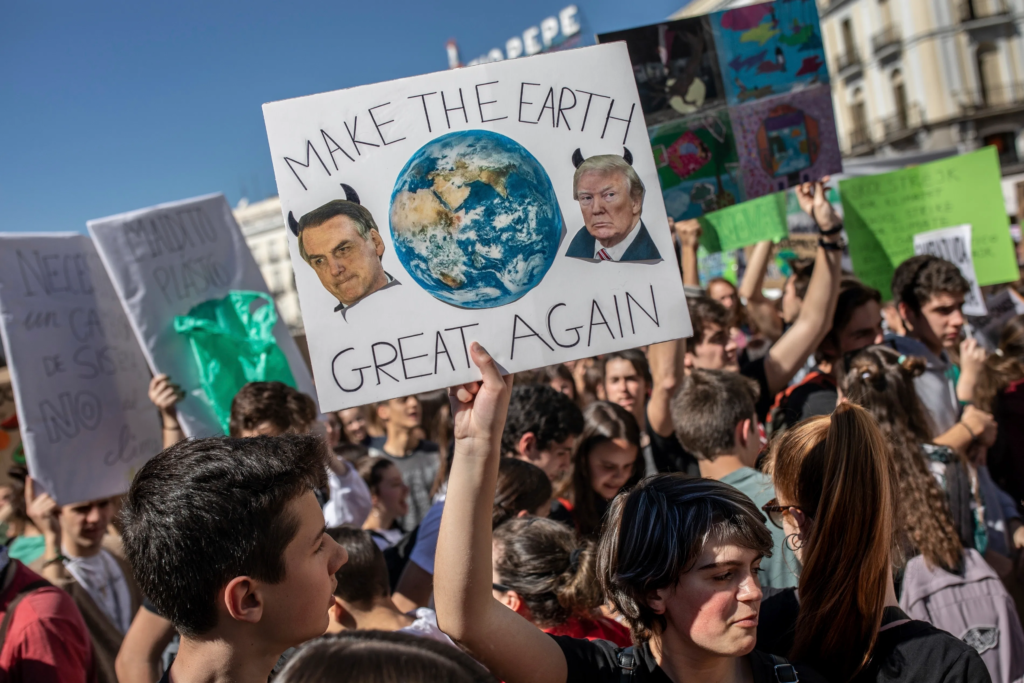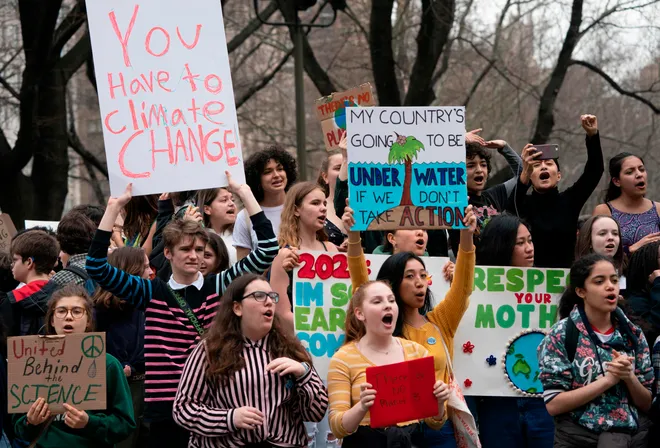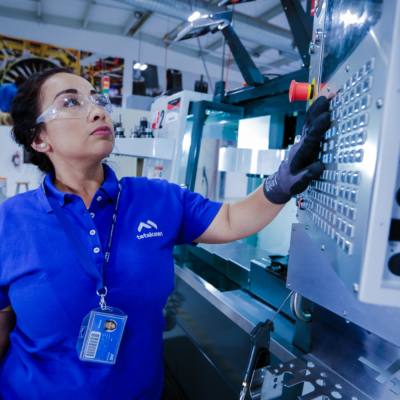Climate change is one of the biggest challenges facing the world today. In the U.S., climate change policy has been debated for many years, with questions about how to reduce greenhouse gas emissions, protect natural resources, and promote clean energy. But where does the U.S. stand today? Is there real progress in climate change policy, or are there setbacks? This article looks at the current state of U.S. climate change policy, recent actions, challenges, and what the future might hold.
What Is U.S. Climate Change Policy?
U.S. climate change policy means the laws, rules, and plans aimed at fighting climate change. This can include limits on pollution, support for renewable energy, programs to use energy more efficiently, and efforts to protect nature. The U.S. is one of the largest producers of greenhouse gases in the world, so its policies have a big impact globally.
The U.S. government’s approach to climate change has changed depending on who is in charge. Some presidents have pushed strong climate policies, while others have reduced regulations or paid less attention to climate issues.

Signs of Progress in U.S. Climate Change Policy
Rejoining the Paris Agreement
One of the most important recent actions was the U.S. rejoining the Paris Agreement in 2021. This is a global deal where countries agree to limit global warming to below 2°C, with a goal of 1.5°C. Rejoining showed that the U.S. is ready to work with other countries to fight climate change.
Growth of Clean Energy
Clean energy like wind and solar power has grown rapidly in the U.S. Thanks to government support and lower costs, renewable energy is becoming more common. The current administration has pushed for large investments in clean energy infrastructure to reduce pollution from electricity production.
New Emissions Goals
The U.S. set a new goal to cut greenhouse gas emissions by about half from 2005 levels by 2030. This is a tough target that will require big changes in how the country produces energy, travels, and makes things.
Support for Innovation
The government is investing more in research and new technology. This includes funding for electric cars, better batteries, and ways to cut emissions from heavy industry.
Challenges and Setbacks in Climate Policy
Political Disagreements
Climate change policy is a major political issue in the U.S. Some politicians and states want strong action, while others worry about the effects on jobs and the economy. These disagreements often slow down new laws or rules.
Rollbacks and Court Battles
Even with progress, some climate rules have been weakened or delayed. For example, limits on methane emissions or fuel efficiency standards have faced challenges, making it harder to enforce these protections.
Dependence on Fossil Fuels
Despite growth in renewables, the U.S. still depends a lot on coal, oil, and natural gas. This makes it harder to reduce emissions quickly because many industries and homes rely on fossil fuels.
Infrastructure and Delays
Building new clean energy systems and upgrading old ones takes time. Problems with permits, supply chains, and local opposition can slow down progress.
Areas Needing More Focus in U.S. Climate Policy
Transportation
Transportation causes a large share of U.S. emissions. More policies are needed to promote electric vehicles, improve fuel economy, and expand public transit.
Agriculture and Land Use
Farming releases greenhouse gases like methane and nitrous oxide. More support for sustainable farming and protecting forests could help reduce emissions.
Climate Justice
Climate change affects low-income and minority communities the most. Policies should ensure these groups get support and share the benefits of clean energy investments.
The Role of States and Cities
While the federal government sets national rules, many states and cities are leading on climate action. For example, California and New York have set tough emission goals and clean energy rules. Local governments are also preparing for extreme weather and other climate impacts.
This mix of efforts shows progress is possible, but better coordination at the national level could improve results.

Public Opinion and Business Influence
More Americans are now concerned about climate change, which puts pressure on leaders to act. Many companies are also setting their own climate goals, investing in clean energy, and reducing emissions.
However, some industries connected to fossil fuels still fight against strong climate policies. This makes progress more difficult.
What Does the Future Hold for U.S. Climate Change Policy?
The future depends on several key things:
- Political leadership that supports strong climate laws.
- Advances in technology to make clean energy cheaper and more efficient.
- Cooperation with other countries on global climate efforts.
- Continued public interest and activism to keep climate change a top priority.
Conclusion
U.S. climate change policy shows both progress and setbacks. The country has taken important steps like rejoining the Paris Agreement, setting ambitious emissions goals, and growing clean energy. But political divisions, dependence on fossil fuels, and challenges in implementing policies still slow down progress.
Addressing climate change in the U.S. will require ongoing effort and cooperation at all levels of government. It also needs a focus on fairness and innovation. The decisions made now will affect the health of future generations and the planet.
Keeping informed and involved is key to supporting progress in U.S. climate change policy. Together, meaningful change is possible.
Do Follow USA Glory On Instagram
Read Next – Native American Cultural Preservation: History in Focus






